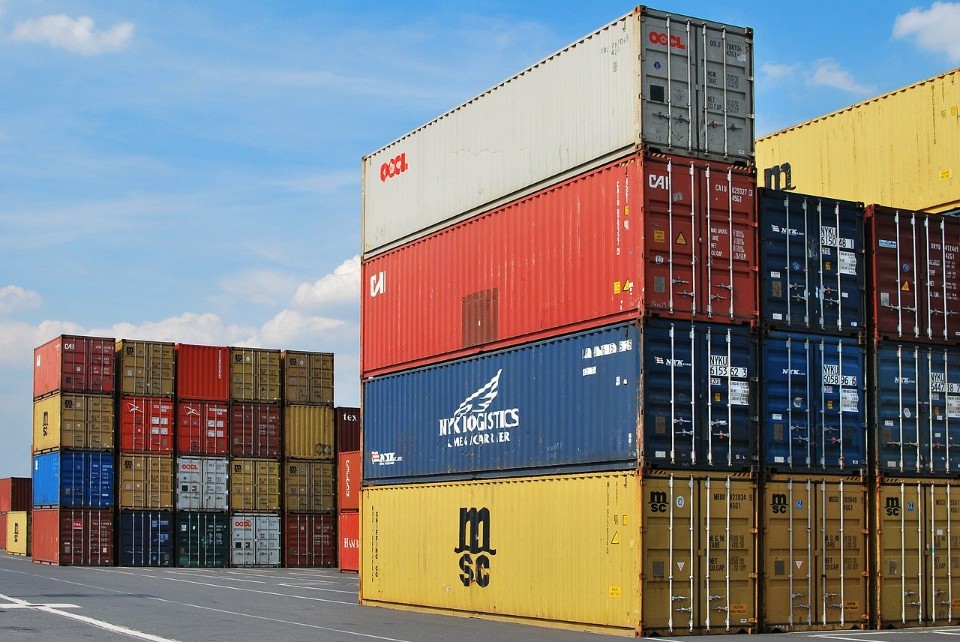Trade protectionism: hiding but not leaving

Over the past year, the world has been inundated with reports of increasing trade tensions, with those between the US and China being the most high-profile. 2020 could bring some calm to the trade front, but the dust has clearly not settled. More hidden trade protectionism will remain a drag on global economic growth.
Some relief in 2020
Protectionist American trade policies dominated the economic news cycle in 2018-2019. American president Trump put his money where his mouth was by imposing new tariffs on imports from China starting in mid-2018. The following negotiations on Sino-American trade relations were far from smooth, resulting in a swift escalation with additional import tariffs on both sides. Moreover, US trade relations with Canada and especially Mexico were put under pressure as president Trump called NAFTA “perhaps the worst trade deal ever made”. President Trump has also been focused on trade flows with the European Union. Although these negotiations are also rather difficult, so far there have mainly been threats and except for US import tariffs on steel and aluminium, no new trade-impeding measures have yet been implemented.
In 2020, we do not expect major further escalations of trade conflicts, though some tensions and probably also threats from Trump’s side might pop up regularly. In November 2020, presidential elections will take place in the US. President Trump will be keen to reinforce his campaign by launching new trade agreements whose “success” he will gladly attribute to himself. A partial trade agreement with China entered into force in January 2020. Also the US-Mexico-Canada Agreement (USMCA) - the new version of NAFTA - has been ratified in the US. Despite all the threats from President Trump, we do not expect any direct confrontation between the US and the EU but this does remain a risk factor. By 2020, we therefore expect to see a relative calming of the trade turmoil compared to the past few years.

Hidden protectionism
Nevertheless, trade protectionism will continue to play a role on the global economic stage in 2020, albeit in a more disguised form. In addition to import tariffs, there is a whole range of other measures that hamper international trade and protect domestic companies from external competition. The Global Trade Alert list contains measures including subsidies for production and consumption, government loans, import and export quotas, and restrictions on foreign investment.
Contrary to what news headlines would suggest, import tariffs were not the most popular measures to hinder international trade in 2019. Various subsidies and trading requirements accounted for about half of all implemented trade barrier measures. Although such measures tend to remain more under the radar than import tariffs, they do have a significant negative impact on international trade and global growth.
The rise of - mainly disguised - measures that hinder international trade and favour domestic companies has been going on for some time. The figure shows that, since the financial crisis, trade-restrictive measures have been increasingly applied. Moreover, there was a larger increase in such restrictions than in trade liberalising measures. And not only the US and China were guilty of trade protectionism. Countries such as India, Russia and the European Union were also involved. The sectors most affected were the iron and steel industry and the automotive sector.
Reversal unlikely
The trend of increasing trade protectionism is unlikely to reverse sharply in 2020. Import tariffs will likely play a less prominent role, but hidden protectionism continues to weigh on global economic growth.
